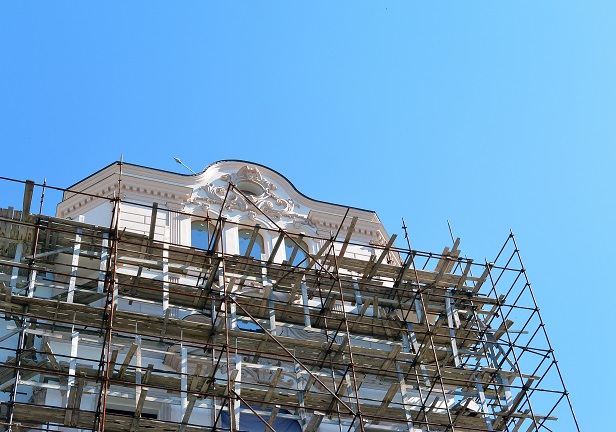WASHINGTON, DC—Going green can increase the property value of an old office building by up to $800,000. That is according to a new report released by the Urban Land Institute, "Unlocking Hidden Values in Class B/C Office Buildings."
Class B and C properties are typically older and less technologically-advanced office buildings. These building owners often want to go green, but are constrained by day-to-day management needs, limited staff, and smaller budgets. To reduce their environmental impact, they need easy, low-cost fixes.
"It's more challenging for typical Class B and C office properties to go green because they are often constrained in three main areas. They often lack information on energy efficiency best practices, they lack internal resources such as a dedicated building engineer, and they lack funding to invest in energy efficiency projects," says Monika Henn, manager at the Urban Land Institute Greenprint Center for Building Performance.
Henn observes that these challenges have led many Class B and C owners to overlook the strong business case for improving the energy efficiency of their properties.
The ULI report offers several concrete ideas. For example, green investments, from installing solar panels to replacing an HVAC system, can save owners up to 35% in energy costs. Even just putting up window shades or turning off lights overnight can save owners 15% in energy costs.
"When it comes to energy efficiency and green leasing strategies, there are a number of low-cost, high-impact opportunities for Class B and C building owners to go green, overcome constraints, and maximize their investments in energy efficiency," explains Henn.
Another example is owners benchmarking building energy data to track performance over time. They can also prioritize actions that require minimal investment but achieve strong energy savings like installing LED lighting replacements, optimizing HVAC schedules and setpoints, and being diligent about preventative maintenance. Owners can also identify ways to offset upfront project costs through utility incentives or other financing, and modernize standard lease language to include green provisions, Henn tells GlobeSt.com.
"One project profile in the Urban Land Institute report showcases how a $44,000 investment in an older building without a building automation system reduced the building's energy use by almost 30%, saving $50,000 in annual utility costs, and resulting in a less-than-one-year payback," says Henn.
Existing buildings can leverage sustainable features to create new long-term value in an older asset. Class B and C owners stand to benefit substantially from improvements in energy efficiency through increased tenant satisfaction, higher levels of tenant retention, faster lease-up, and overall operational efficiency that lowers utility costs.
"Ultimately, green features make a building more competitive in the marketplace," concludes Henn.

